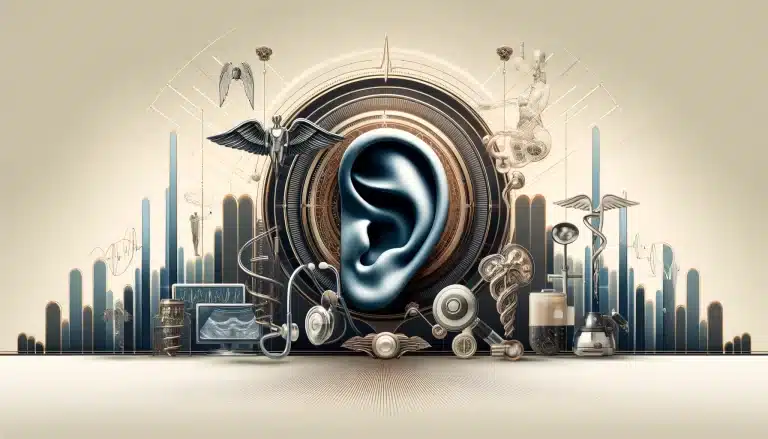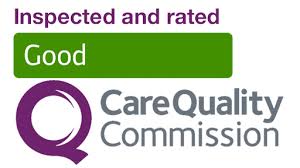Abdominal ultrasound is used to diagnose and monitor conditions in the abdomen, such as liver disease, gallstones, and kidney issues.
Ultrasound involves sound waves picked up by a handheld transducer and sent through the body, reflecting off different structures within. These echos are then converted into images.
Abdominal Distension
Medical ultrasound is a non-invasive diagnostic and monitoring procedure used to identify conditions affecting the abdomen. It transmits high-frequency sound waves which are inaudible to humans and images their echoes on video or photographic slides. Medical ultrasound plays an essential role in health care as it allows doctors to view organs within the abdominal cavity such as livers, gallbladders, pancreas, spleens, kidneys and abdominal aortas.
Abdominal distension is an uncomfortable symptom that could indicate the presence of a serious illness or health issue. It may manifest as an abrupt, dramatic increase in size of the abdomen area or worsen over time. It may be accompanied by other signs like stomach pain and fever.
A distended abdomen often indicates an organic cause, such as a problem with the colon, liver or stomach. When treated, this should resolve the condition quickly. On the other hand, if it's something functional like excess gas in the intestines or IBS (irritable bowel syndrome), then it may take some trial and error to identify its source.
Some people with IBS can reduce their symptoms by avoiding gassy foods and drinks. Others require dietary changes as well as taking probiotics or enzymes before meals to aid in digestion. It is essential to identify any food sensitivities so that your treatment plan is tailored specifically for you.
Another solution is using diuretics and laxatives for constipation, or active carbon capsules for treating gas. If the cause of your distention remains unknown, your healthcare provider may suggest taking a hydrogen breath test in order to confirm what caused it.
Ultrasound is a safe and accurate way to diagnose abdominal conditions without any invasive or painful procedures. Plus, the process can be completed quickly for maximum convenience.
Your healthcare provider will explain the results of your abdominal ultrasound and what steps they recommend for further assessment and treatment. They may also order additional tests or examinations in order to fully comprehend what was discovered during the imaging.
If your abdominal ultrasound revealed an aortic aneurysm or other health concern that is causing you discomfort, further testing and exams will be necessary to determine if the issue has been resolved. In some cases, surgery may be required to completely remove the aneurysm or other health issue at issue.
Liver Disease
Medical ultrasound is an invaluable tool to diagnose and monitor conditions affecting the abdomen, such as fatty liver disease or hepatitis.
Medical ultrasound is a non-invasive and painless procedure that uses sound waves to view inside your body. It can also be used to check for issues with the appendix, intestines, gallbladder, pancreas, spleen or kidneys.
Your doctor may use this scan to detect hepatitis B or C, viral hepatitis, and cirrhosis caused by hepatitis C. In these conditions, the liver fails to produce certain proteins necessary for blood clotting which makes clotting harder and can lead to bleeding.
Ultrasound probes send high-frequency sound waves into your abdomen, which bounce back to the transducer (ultrasound probe). Your doctor can then view these images on a monitor.
Ultrasound is an invaluable tool to assess fatty liver disease, particularly in overweight or obese individuals. It can show how much fat accumulates in the liver and where it deposits. Furthermore, ultrasound may detect enlarged lymph nodes, dilated bile ducts, and other abnormalities associated with obesity.
Depending on the type of liver disease, medication may be effective in treating it. Medication can help control inflammation and protect the organ from further damage while relieving symptoms as well.
If liver disease is due to alcohol abuse, abstaining from drinking can help improve your health. Healthcare providers may recommend a balanced diet, regular physical activity and other lifestyle modifications as well. They may also suggest that you limit salt consumption - both in foods and drinks.
A liver biopsy, in which a small piece of liver tissue is removed and examined under a microscope, can help pinpoint the exact cause of liver disease. With these results in hand, doctors can make an accurate diagnosis and craft an effective treatment plan.
Liver disease can take either an acute or chronic form, caused by infections, alcohol, drugs or other factors. Symptoms that accompany liver disease range from mild to serious; such as abdominal pain or a swollen or tender abdomen. In some instances, no symptoms are present at all; however, failure to diagnose may lead to more serious issues like hepatitis or liver cancer.
Gallstones
Gallstones, or stones formed in the gallbladder or bile duct, are becoming an increasing problem. About 20 million Americans suffer from them and they can be difficult to detect.
They can block the bile duct and cause symptoms such as fever, chills, jaundice and an accumulation of fluid in your abdomen (pancreatitis). When this occurs it may also lead to an infection spreading into your bloodstream - sepsis.
Fortunately, most people with gallstones don't experience any symptoms at all. That's because the small stones remain within your gallbladder.
But sometimes they can block the bile duct and cause intense pain (biliary colic). This is usually an indication that something is wrong.
If you suffer from biliary colic, your doctor can use medical ultrasound to accurately diagnose the issue. This non-radiation and non-invasive process ensures a secure diagnosis.
To perform the test, your doctor uses a machine to send sound waves into your body and create images of various parts of your abdomen. These echos are sent to a computer which converts them into electronic signals that can be read by an experienced radiologist who is trained in ultrasound use. After reading these signals, they make their diagnosis.
Your doctor may use ultrasound to check your bile duct for inflammation or obstruction, as well as for gallstones. With this tool, they can remove blockages that are causing discomfort or other issues.
Another common procedure involves the use of ultrasound to assess whether your abdomen is expanding abnormally. This condition occurs when the stomach area becomes distended due to an accumulation of fluid, gas or gallstones.
According to your doctor's findings, treatment for gallstones may include medication to dissolve them, oral therapy with medication or surgery to remove your gallbladder and bile duct.
Cholesterol gallstones are more common among those with metabolic syndrome - a disorder that includes high cholesterol levels, obesity and insulin resistance. Women tend to develop cholesterol gallstones more often than men do, though anyone can develop them.
Kidney Problems
Medical ultrasound is a non-invasive test used by physicians to diagnose and monitor conditions in the abdomen. It provides doctors with images of organs such as kidneys, liver, and gallbladder within this organ system.
Kidneys filter excess water, waste products and other substances from your bloodstream to produce urine (pee). Your kidneys are located on either side of your spine just above waist level; they filter extra water, waste products and other substances from circulation.
Kidney failure occurs when your kidneys fail to do their job of filtering blood and controlling blood pressure properly. Left untreated, this condition could potentially lead to fatal kidney failure.
If you have kidney problems, you may experience symptoms such as swelling in your ankles, nausea, weakness, poor sleep patterns and shortness of breath. Furthermore, pain in the back is commonly experienced.
This condition may also lead to a buildup of protein in your urine, leading to puffiness around the eyes. Additionally, it could impair appetite so you don't eat as much or experience sickness more frequently than normal.
Your doctor can diagnose your kidney issue through a series of tests, such as a urine and blood test. They may also use imaging techniques like x-rays or ultrasounds for diagnosis.
Ultrasound can be highly accurate in diagnosing certain forms of kidney disease, such as chronic glomerulonephritis and nephrotic syndrome. Additionally, it may help determine the stage of renal failure if your kidneys have already suffered substantial damage.
Your doctor can use the NST to detect obstructions in the urinary tract. These obstructions, which are common among people living with chronic kidney disease, will allow your healthcare provider to identify and address them more quickly.
Other reasons your doctor might order an abdominal ultrasound include checking for fluid buildup in the abdomen, tumors or cysts on kidneys, and other abnormalities in the body. This helps identify the source of this buildup and prevent it from getting worse.
Ultrasound imaging is a reliable and accurate test to diagnose many kidney issues. It doesn't need any special preparation beforehand, making it popular among physicians around the globe.









